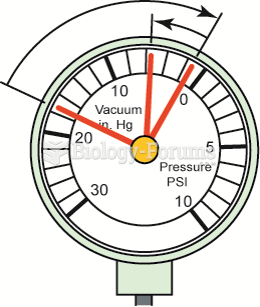|
|
|
Earwax has antimicrobial properties that reduce the viability of bacteria and fungus in the human ear.
The first oncogene was discovered in 1970 and was termed SRC (pronounced "SARK").
The newest statin drug, rosuvastatin, has been called a superstatin because it appears to reduce LDL cholesterol to a greater degree than the other approved statin drugs.
Acute bronchitis is an inflammation of the breathing tubes (bronchi), which causes increased mucus production and other changes. It is usually caused by bacteria or viruses, can be serious in people who have pulmonary or cardiac diseases, and can lead to pneumonia.
The senior population grows every year. Seniors older than 65 years of age now comprise more than 13% of the total population. However, women outlive men. In the 85-and-over age group, there are only 45 men to every 100 women.
 Anxiety rises as needs are not met. Without resolution, anxiety may lead to frustration, and then, ...
Anxiety rises as needs are not met. Without resolution, anxiety may lead to frustration, and then, ...
 A needle that drops to near zero when the engine is accelerated rapidly and then rises slightly to ...
A needle that drops to near zero when the engine is accelerated rapidly and then rises slightly to ...





